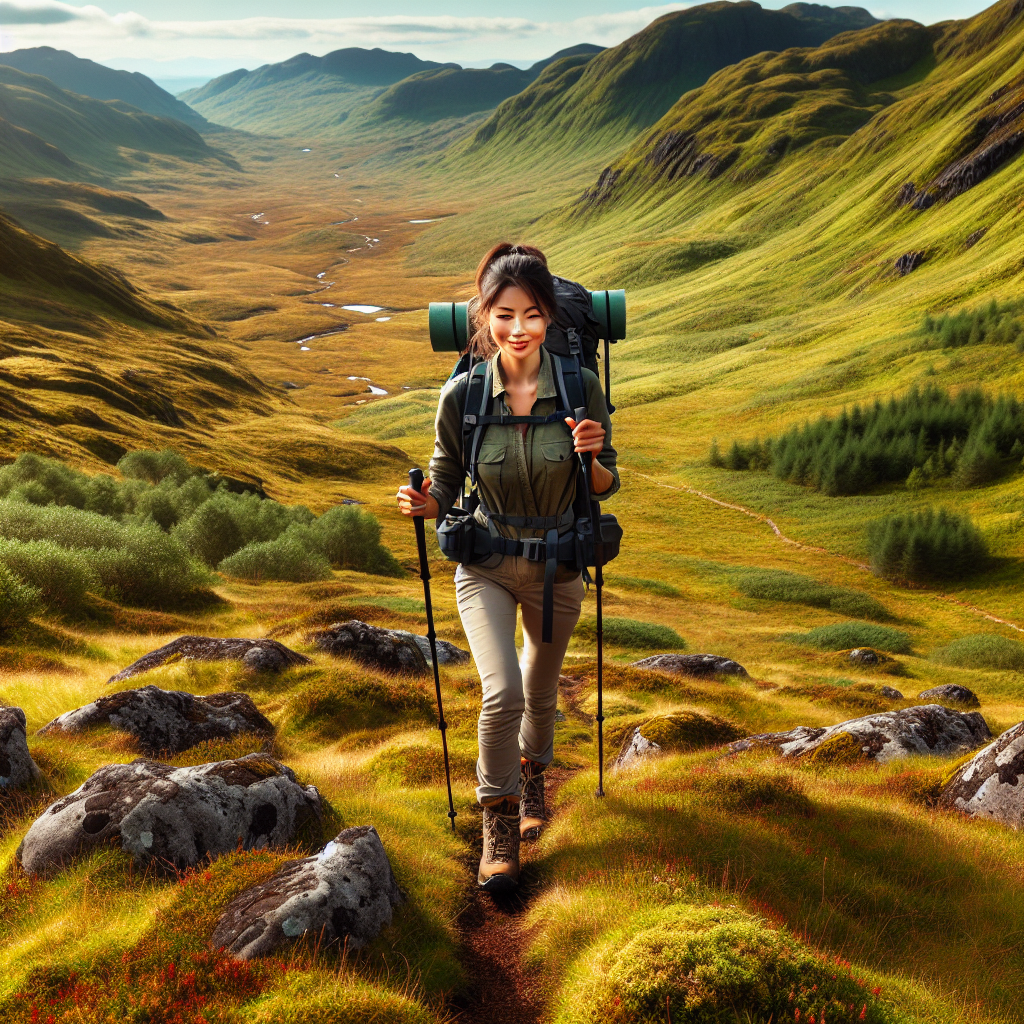Get set to embark on your most memorable adventure yet, by fully understanding what the thrill of hiking in remote areas involves. In the article “Hiking In Remote Areas: Preparation And Safety,” you will discover invaluable advice and pointers to not only get you prepared for your journey but to make sure that you do it safely. The article hands over essential tips on everything from packing the right gear, planning your route, and recognizing potential dangers. So, embrace the challenge of the wilderness, while ensuring your well-being amidst the beautiful isolation of remote hiking.
Understanding the Challenges of Hiking in Remote Areas
Trekking off the beaten path can be an enriching experience, offering you a unique sense of excitement, adventure, and liberation. It’s a chance to enjoy the serenity of the wilderness, away from the clamor of city life.
Recognizing the risks and rewards
However, hiking in remote areas also comes with its share of challenges. There can be unpredictable weather, tricky terrains, and encounters with wild animals. In addition, the remoteness of the area means limited access to mobile networks and emergency services, which can pose substantial risks. It’s important to remember, though, that with every challenge comes a reward. There’s something about conquering these obstacles that brings a profound sense of accomplishment and connection with nature.
Staying mentally prepared
Mental preparedness is as crucial as physical readiness when hiking in remote areas. This includes being alert to your surroundings, understanding potential risks, and having the confidence to tackle any obstacles that may come your way. It also requires patience, determination, and a positive attitude. Fortunately, these mental skills can be cultivated, just like physical fitness.
Researching Your Hiking Terrain
Embarking on a remote hiking journey without knowing what lies ahead is like setting sail in uncharted waters. Here’s how you can gather essential information about your terrain:
Using topographical maps
A topographical map can offer you crucial data about your hiking trail, including elevation changes, water sources, and potential hazards. This will enable you to plan your route carefully, avoid surprises, and be prepared for the physical challenge that the terrain might pose.
Studying climate and weather patterns of the area
Understanding the seasonal climate patterns and expected weather conditions of the region can protect you against unfavorable conditions and natural hazards, like flash floods or snowstorms.
Understanding the local flora and fauna
Identifying the local plant and animal species can enhance your hiking experience. It’s also important for your safety, for instance, recognizing poisonous plants or understanding behavior of local wildlife.

Physical and Mental Preparation
When it comes to remote hiking, preparation is key. This includes training your body and mind to withstand the challenges you might encounter.
Physical fitness training
Ensure you’re in good shape before setting off. Strength training, cardio workouts, and endurance building exercises can help you prepare for the rigors of remote hiking.
Mental resilience and wilderness survival skills
In addition to physical fitness, mental resilience is essential to cope with potential hardships, especially when things don’t go as planned. Learning basic wilderness survival skills, such as making a shelter or starting a fire, can also tremendously increase your safety.
Essential Gear for Remote Hiking
Proper hiking gear goes a long way towards ensuring a successful and safe hike.
Backpacking essentials
The essentials include a high-quality backpack, tent, sleeping bag, and cooking utensils. It’s crucial to carry a first-aid kit, multi-tool, flashlight, and extra batteries.
Weather appropriate clothing
Dress for the expected weather conditions. Remember the layering principle, and pack waterproof and windproof outer layers.
Navigation equipment
Even with the best preparations, it’s easy to get lost. carry a topographical map and a compass, and consider taking a GPS device too.

Food and Water Supplies
Keeping hydrated and nourished is crucial during your journey.
Selecting non-perishable food items
Pack lightweight, high-energy, and easy-to-prepare food items, like energy bars, nuts, and dried fruits.
Water purification methods
Since carrying large amounts of water can be cumbersome, it’s vital to know how to purify water in the wild using filters, tablets, or boiling.
Navigational Skills
When technology fails, having basic navigation skills can be a lifesaver.
Understanding map and compass basics
Learn how to use a map and compass to figure out your location and determine your direction during the hike.
GPS and other modern technologies
GPS can be incredibly useful, but remember it’s not completely failproof. Carry extra batteries or a portable power source.
Learning to navigate by nature cues
In a pinch, nature gives you many cues for navigation, like observing the sun, the stars, and tree growth patterns.
Dealing with Potentially Dangerous Wildlife
It’s vital to respect the wildlife in their natural habitat and know what to do if you encounter them.
Understanding wildlife behavior
Educate yourself about the behaviors of the wildlife in your hiking areas. Know how to respond if you spot any from a distance or up close.
Essential safety measures when encountering wildlife
In general, maintain a safe distance, do not feed them, and always stay calm.
Emergency Preparedness
Despite your best efforts, emergencies can still happen.
First aid basics
Basic first aid skills, along with a well-stocked first aid kit, can make a significant difference in treating injuries or ailments in the wilderness.
Emergency contact planning
Provide your itinerary and expected return time to someone you trust. If possible, carry a satellite phone or a personal locator beacon.
Signal and rescue techniques
Knowing rescue signals and techniques can vastly improve your chances of being found in case you get lost or hurt.
Survival strategies for unexpected overnight stays
If you must stay overnight unexpectedly, find a safe and sheltered spot, start a fire for warmth, and keep signals ready for rescuers.
Leave No Trace Philosophy
Leaving nature unspoiled by your visit is a principle every hiker should commit to.
Principles of Leave No Trace
Leave the place as you found it—the principle is quite simple. Pack in what you pack out, stick to the trails, and respect wildlife.
Importance of respecting nature and local cultures
By following these principles, you ensure that the natural beauty and culture of the areas you visit are preserved for future generations.
Post-Hiking Recovery
After your hiking adventure, giving your body and mind adequate time to recharge is essential.
Understanding the importance of rest and recovery
Rest helps your body repair tissues and muscles, reducing the risk of injuries.
Skincare and blister management
Treat any skin irritations or blisters promptly, and moisturize your skin to help it recover.
Nutrition for post-hike recovery
Proper nutrition aids your body’s recovery. Include proteins for muscle repair, and hydrate properly to replenish lost body fluids.
Hiking in remote areas can be a truly rewarding experience—each step filled with adventure and a deep connection with nature. With the right preparation, respect for the environment, and safety measures, you’re in for an unforgettable journey. Happy hiking!

